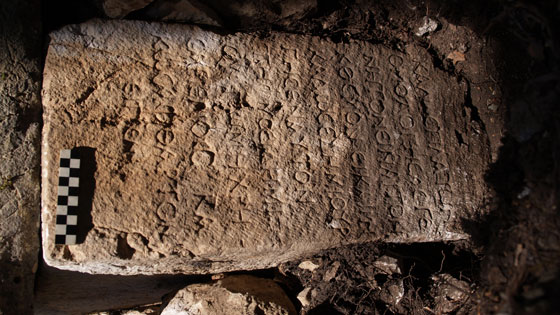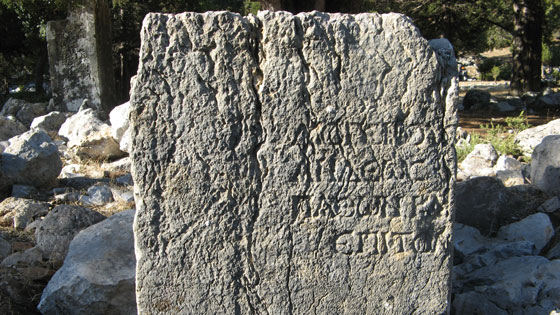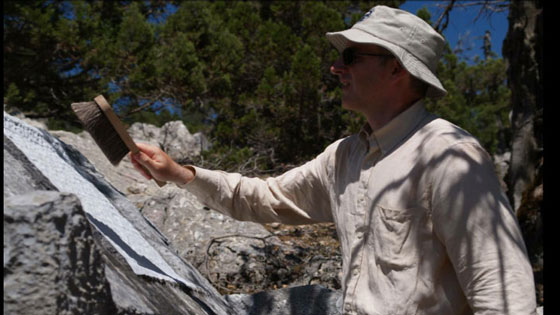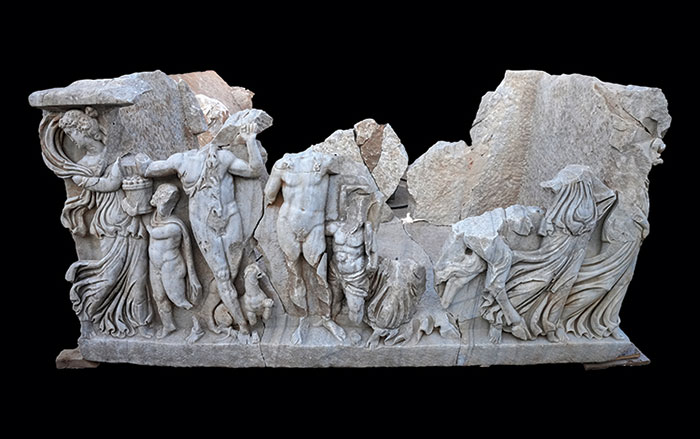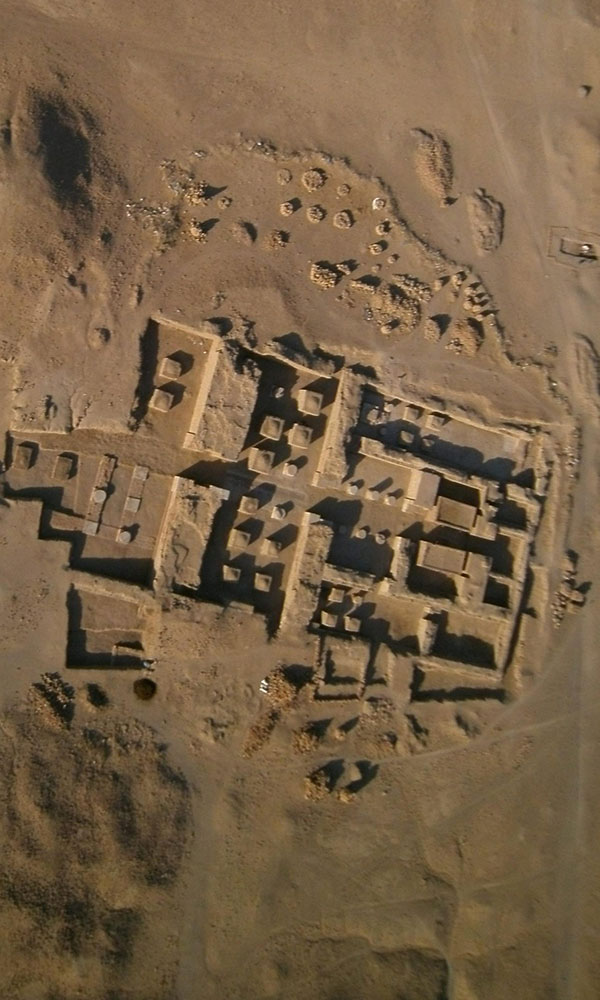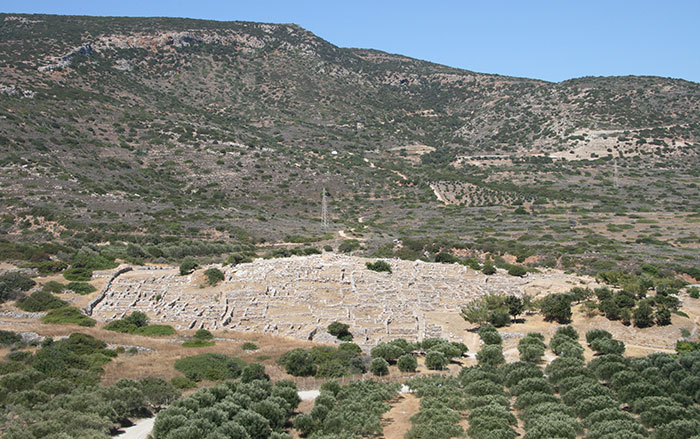
In 1968, epigrapher Martin Ferguson Smith began to document what is considered the ancient world’s most massive inscription. Located in the ancient Greek city of Oinoanda in southwestern Turkey, the 200-foot-long wall, now largely in ruins, was the work of a little-known second-century A.D. philosopher, Diogenes, who paid to have it inscribed with his commentary on Epicurean philosophy. As of now, there are 299 known fragments of the inscription. Below are images of some of those fragments, along with Smith's translations of the words that appear on them.
